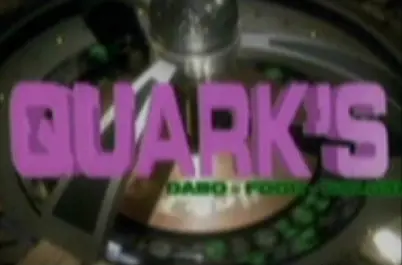Fan of Flatpaks ...or Not?
How Many Kims on the Anaximander / Is the Anaximander sufficiently staffed?
Klingon Theology Question: "When I say jump out of an airlock, you will JUMP OUT OF AN AIRLOCK!"
How would the Trill Symbiosis Commission handle duplicate symbionts?
Change my mind: SNW, SFA should fire their music departments and replace them with Chris Westlake!!! 😉
If I had a slip of latinum for every time a DS9 character went to an alien afterlife...


I'd take a well-maintained native package for my distro over a Flatpak, but sometimes, a Flatpak is just the the easiest way to get the latest version of an application working on Debian without too much tinkering - not always no tinkering, but better than nothing.
This is especially true of GIMP - Flatpak GIMP + Resynthesizer feels like the easiest way to experience GIMP these days. Same with OBS - although I have to weather the Flatpak directory structure, plugins otherwise feel easier to get working than the native package. The bundled runtimes are somewhat annoying, but I'm also not exactly hurting for storage at the moment - I could probaby do to put more of my 2 TB main SSD to use.
I usually just manage Flatpaks from the terminal, though I often have to refresh myself on application URLs. I somewhat wish one could set nicknames so they need not remember the full name.